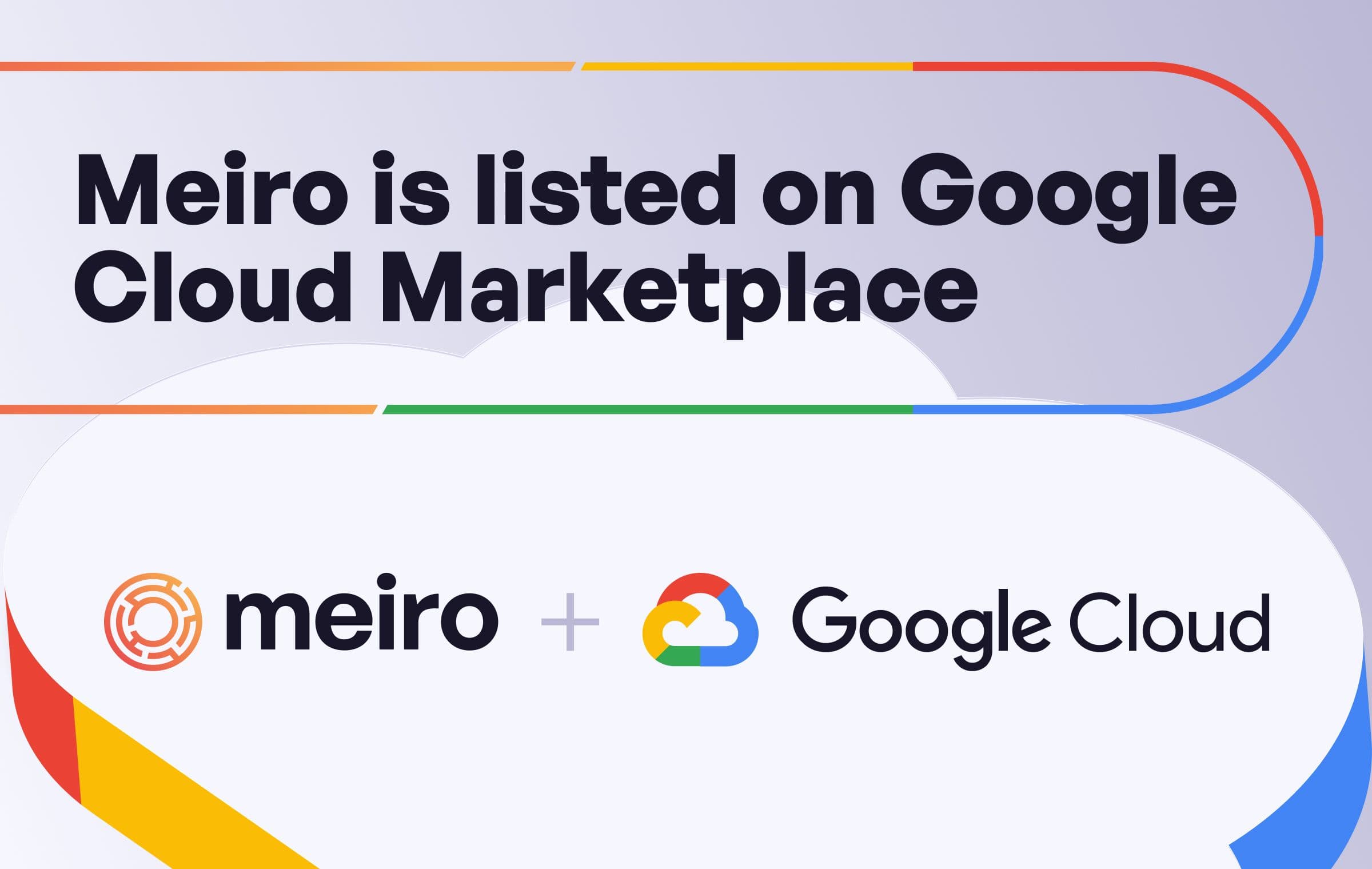Ad efficiency in the age of connected customer data
During Big Data & AI World event, a panel of experts in adtech are discuss advertising efficiency in the post-cookie world, and what’s happening in the privacy space.

Brand & Marketing Lead at Meiro
Today, the average customer journey involves anywhere between 20 to 500+ touchpoints, so the struggle is definitely real for marketers trying to stay on top of their game whether it’s about navigating all the industry shifts, managing the adtech stack, or unlocking efficiencies across channels.
In the face of the current economic uncertainty, 2023 marketing strategy planning discussions will heavily scrutinize all expenses, with mounting pressure on marketers to maximize the efficiency of marketing programs. How are you preparing to weather this storm?
At the recent Big Data & AI World event, Meiro had the opportunity to sit down with a panel of experts in adtech to discuss advertising efficiency, the future of it in the post-cookie world, and what’s happening in the privacy space.
Our panel of experts consisted of the following:
*Juozas Petravicius, Commercial Director at Adform *Jonathan Edwards, Head of Data Transformation at Dentsu *Shyam Ravishankar, Global Head of Agency Partnerships at Moving Walls
Let’s explore the key themes that were discussed and what our experts have to say:
Role of DMPs to transform as the industry moves towards first-party data
While DMPs, or data management platforms, can handle first-, second-, and third-party data and turn that data into something useful and push it back to ad platforms, they fall short when it comes to transforming and standardizing data as CDPs do.
Read: Data-driven Marketing: The Benefits of CDP vs. DMP
So, what does the future hold for DMPs?
Juozas Petravicius, Commercial Director at Adform, commented: “We don’t see our DMP dying or we’re turning them into CDP. We see that it’s going to become just a part of our DSP solution to channel data from for example CDPs into our data activation platform. And we still have some features that I think would be essential. For example, lookalike modeling that most probably what marketers would want to do. We’ll use part of our DMP to actually facilitate those use cases, but it will not be a standalone DMP that we will be pitching. It would be part of the entire stack that would help.”
Publishing acquires a new meaning in the world of data exchange The shift towards a cookieless future is another wake-up call for brands to invest in their own attribution and analytical capabilities to truly maximize the utilization of first-party data. We see a greater emphasis on value exchange, whether it’s retailers using data to enhance internal efficiencies or publishers optimizing omnichannel marketing for advertisers.
Shyam Ravishankar, Global Head of Agency Partnerships at Moving Walls, commented: “There is going to be a kind of disruption in the retail space. When everyone knows which customer is buying what, they will become a new media channel in themselves, and they will be going after the budget spent by the biggies like Unilever, Procter & Gambles, etc.
So there is going to be an increase in terms of cross-selling, upselling between all these brands within a particular channel for more business partnerships or alliances.”
Building the winning formula for alternative ID solutions begins with data strategy The market is ripe with innovation in the space of identity resolution, i.e., persistent cookies, advertising app IDs, and other identifiers. More identifiers per customer mean more options and opportunities for data activation. What’s the key to picking the right option here?
Jonathan Edwards, Head of Data Transformation at Dentsu, commented: “I would say, step one, work out your data strategy. What role does data play in your organization? From there you can look up, and you can think, do I have a customer strategy?
So do I know who I want to talk to, what experience I want to deliver, and how I want to measure that?
Because if you don’t have one of those, your data strategy isn’t going to work because the data strategy has to be in service of what you’re trying to do as a business.
Once you’ve got the customer strategy and you’ve worked out what data does, then you can build out from that. And if you have that clarity, if you take a privacy stance within that, then I think it becomes far easier to pick which ID fits with your principles and you as a brand want to pursue.”
Table of contents
Role of DMPs to transform as the industry moves towards first-party dataUnleash the full potential of your customer data. Let’s talk!
Spread the love:

Eli joined Meiro to take care of digital and content marketing satisfying her passion for communications and interest in MarTech and CX. At the same time she studies psychology, loves hiking, and is a proud plant (and cat) mama.


